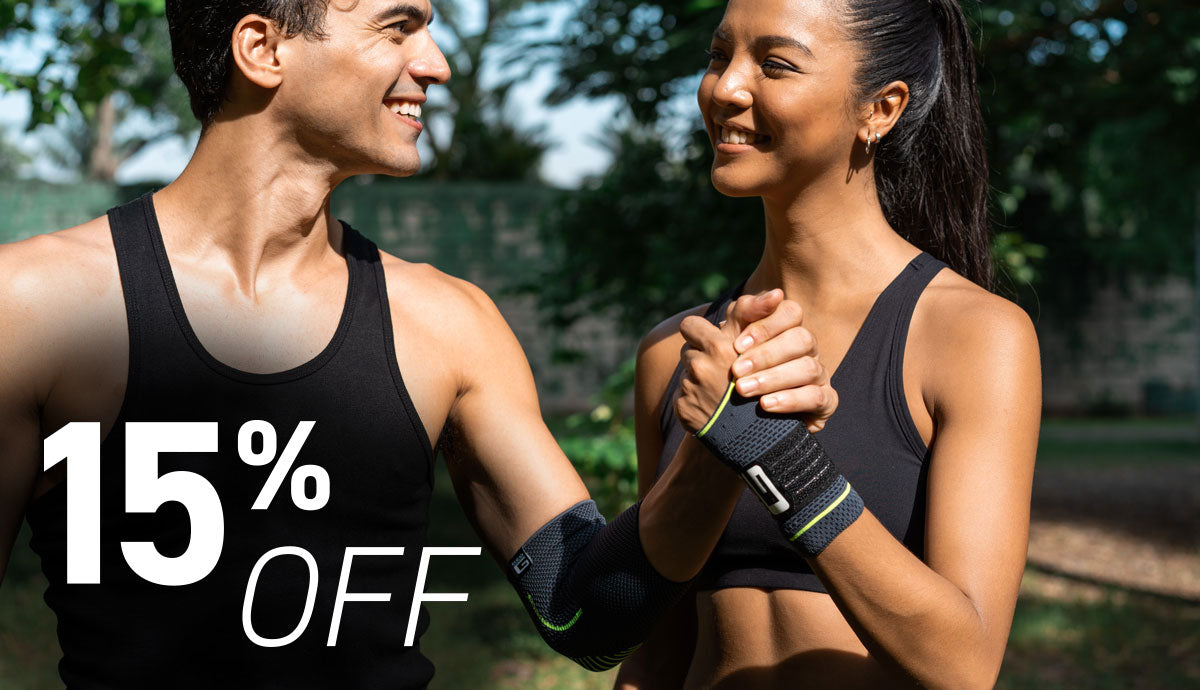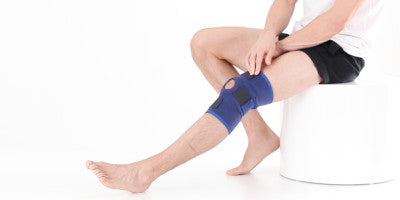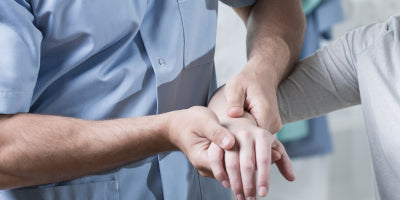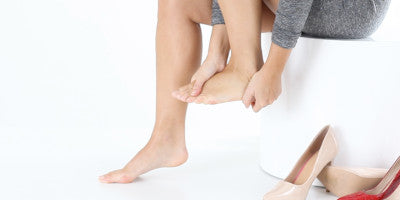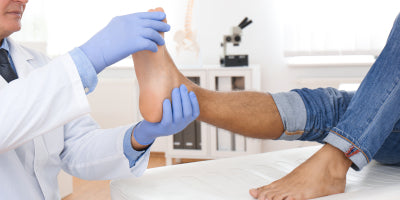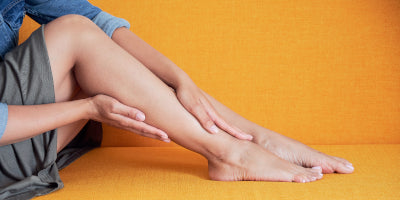Back to Routine Survival Guide

With Summer starting to move to our rear-view mirror, it is time to begin thinking about returning to routine. Some of us will be returning to the office or the classroom and while these may seem like returns to mundanity, they come with their own physical challenges. With colder and darker nights on the horizon, aches and pains previously unnoticed during the summer may become apparent. It is during the turn of summer that it is important to be mindful of slipping into a sedentary lifestyle and to stay active.
Posture
Waiting for a bus, sitting at our desks or in our cars, all are opportunities for bad posture to negatively affect our muscles and be a contributing factor to aches and pains. At one time or another, we’ve all been guilty of bad posture and it’s no surprise to learn that improving our posture can have some real health benefits.
Posture applies to standing as well as sitting. If you’re not accustomed to standing and sitting in the correct way it can be difficult to break from bad habits. According to the NHS, "Correcting your posture may feel awkward at first because your body has become so used to sitting and standing in a particular way," "But with a bit of practise, good posture will become second nature and be 1 step to helping your back in the long term." [1].
Slouching is a common cause of posture issues and while may not directly cause discomfort, over time, weakened muscles and tissues can start to feel the strain. Another common posture issue is hunching your back. Hunching your back over a keyboard, or mobile phone (also known as “text-neck”), is a sign of a tight chest and a weak upper back. You can help correct a hunched back by undertaking shoulder, neck and upper back strengthening exercises as well as doing chest stretches and neck posture drills.
Another common posture issue is poking your chin out. You may poke your chin out when sitting at a desk if you’re sitting too low, your screen is set up too high relative to your position, if you are hunching your back, or a combination of all three.
According to the NHS [1], to correct a poking chin you can:
- gently lengthen your neck upwards as you tuck in your chin
- bring your shoulder blades down and back towards your spine
- pull in your lower tummy muscles to maintain a natural curve in your lower back
- adjust your seating
If you find you’re constantly reminding yourself to amend your posture whilst standing or sitting, you may benefit from wearing a Neo G posture support. Our Dorsolumbar Support can help with rounded and/or slumped shoulders and is slimline, meaning it can be worn under everyday clothes.
Sitting or Standing For Long Periods
Inactivity of your legs whether via sitting for long periods or standing for long periods can fatigue your legs.
Sitting for long periods is believed to slow your metabolism, which can affect your body's ability to regulate blood pressure, blood sugar and break down body fat.
It is thought that in the UK, many adults spend around 9 hours a day sitting. This time includes using a computer, watching TV, reading, doing homework, travelling by bus, train or car. However, that time does not include sleeping.
Legs in particular can suffer from blood flow issues from inactivity. Here, compression hosiery can be an option for when long periods of sitting or standing are unavoidable. By providing a firm continuous pressure to the muscles and veins in the leg with more pressure being exerted at the ankle, blood is encouraged to flow up the leg. By helping blood flow back towards the heart, compression socks for women and for men support the natural function of the valves in the veins and therefore reduce the occurrence of blood pooling in the lower extremities. If blood pooling was to occur in individuals who were already at a greater risk, blood clots would form easily and therefore improving blood flow is particularly important for these individuals.
Carpal Tunnel Syndrome
Suffering from Carpal Tunnel Syndrome (CTS) can cause severe discomfort and disruption to your daily life. Diagnoses are on the rise, particularly amongst people under 40, with frequent use of smartphones thought to be partly to blame. CTS occurs after excessive compression of the median nerve in the wrist, which can be caused by activities where you frequently bend your wrist or grip hard. Pregnant women are also at risk, as fluid retention causes swelling and pressure on the nerve. Symptoms of CTS include pain in your hands or fingers, numbness, tingling or difficulty gripping.
Wearing a Neo G medical grade support can help wrists suffering from CTS by providing added stability. They work to ease pressure on your nerve and reduce discomfort.
Walking The School Run
Getting back into the routine of the school run can be a bit a of a shock after the summer break. It can be a time when foot problems you may have had for a while come to the fore after previously going under the radar.
Plantar fasciitis is one of the most common causes of heel pain. This condition occurs when the plantar fascia (a thick band of tissue that runs across the bottom of your foot from your heel bone to your toes) is overloaded. This excess of stress in the tissue results in heel pain and inflammation of the area. Sufferers of plantar fasciitis may experience discomfort in the middle of the heel or along the arch of the foot. The most common symptom is sharp heel and arch pain in the morning (when you’re busiest!) or after a long rest period, once in movement this pain lessens during the day.
Insoles can be an effective way to combat foot pain such as plantar fasciitis. Stability is a key weapon in the arsenal used against plantar fasciitis and the Pro-Expert insoles feature a deep heel cup for added stability. Another way to combat foot pain can be with anti-fatigue technology, like that provided by our Pro-Flex insoles. They give you energy back on every step and a little bounce in your step could be just what you need on a hectic midweek morning!
Kids Back To School
Arguably the biggest sign routine is back in effect is kids back in school. With that, inevitably, comes injuries as overzealous activity on the playing field becomes a daily occurrence. Neo G’s Kids range is specifically designed for children up to approximately age 12, and are based on popular adult supports, designed for the younger wearer. These include a Kids knee support, ankle support and wrist support.
[1] https://www.nhs.uk/live-well/exercise/strength-and-flexibility-exercises/common-posture-mistakes-and-fixes/
Our VCS range offers varying levels of support from mild to moderate to firm to provide optimum protection and stability. As a one size solution, these supports are fully adjustable to allow for a custom fit. In addition to this, the heat therapeutic neoprene helps to warm muscles and joints during exercise and rehabilitation, making the VCS range perfect for supporting instability during weights and gym training, as well as helping strains, sprains and weak, arthritic joints.
NeoThotics orthotic insoles from Neo G are biomechanically engineered in conjunction with leading podiatrists to be class one medical devises that provide you with stability and support. To Learn more about the range, click here.
Medical Grade Compression Help to ease symptoms of tired, aching or swollen legs. Constructed from specialist material for comfort, softness and breathability. Find out more here.
